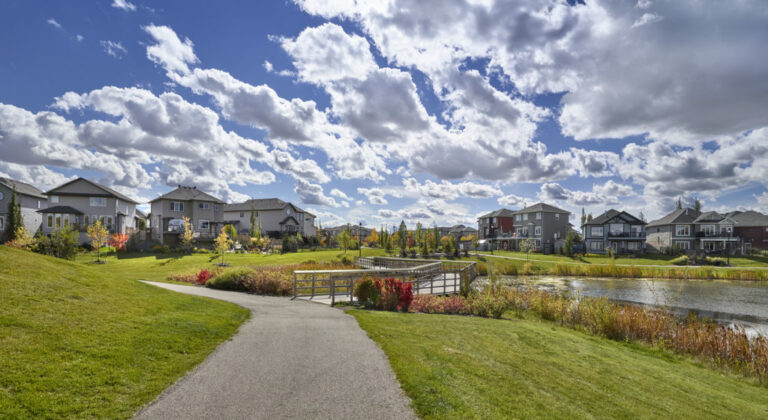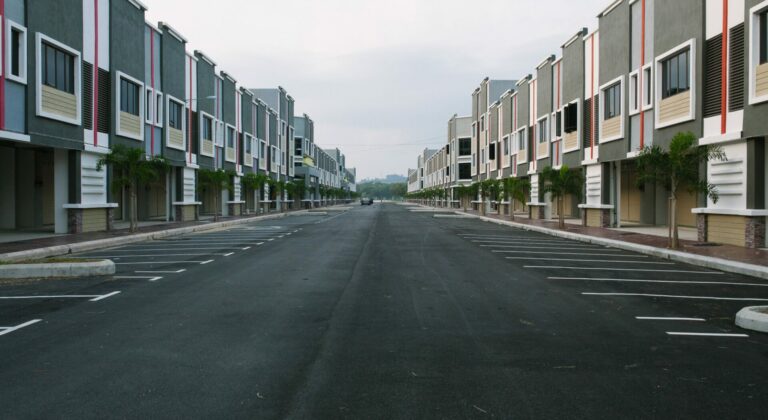When you become a homeowner, it’s essential to have a clear understanding of the costs associated with maintaining your property.
One valuable guideline to help you budget for home maintenance is the “1% Rule.” This rule suggests that you should budget approximately 1% of your home’s purchase price annually for ongoing maintenance and repairs. In this article, we’ll break down the expenses involved in home maintenance to help you better understand how to apply the 1% Rule to your budget.
The 1% Rule Explained
The 1% Rule is a simple but effective way to estimate your annual home maintenance budget. To use this rule, follow these steps:
1. Determine Your Home’s Purchase Price: Start by identifying the purchase price of your home. This is the amount you paid when you bought the property.
2. Calculate 1% of the Purchase Price: To apply the 1% Rule, calculate 1% of your home’s purchase price. For example, if your home cost $300,000, 1% would be $3,000.
3. Set Aside This Amount Annually: Budget to set aside the calculated 1% annually for maintenance and repairs. You can break this down into monthly or quarterly contributions to make it more manageable.
Breakdown of Home Maintenance Expenses
Now, let’s take a closer look at the expenses you should consider when budgeting for home maintenance:
1. Routine Maintenance
Routine maintenance includes regular tasks necessary to keep your home in good condition. These expenses may include:
- Lawn care and landscaping: This includes mowing, trimming, and seasonal clean-up.
- HVAC servicing: Annual servicing of your heating and cooling systems to ensure efficiency and prevent breakdowns.
- Gutter cleaning: Cleaning gutters and downspouts to prevent water damage.
- Pest control: Addressing any pest issues to protect your home from damage.
2. Repairs
Home repairs can be unexpected and vary in cost. Setting aside funds for repairs is crucial to avoid financial strain. Common repair expenses include:
- Plumbing repairs: Fixing leaks, clogs, or pipe replacements.
- Roof repairs: Patching leaks, replacing damaged shingles, or addressing structural issues.
- Electrical repairs: Fixing faulty wiring or addressing electrical problems.
- Appliance repairs: Repairing or replacing malfunctioning appliances.
3. Replacement and Upgrades
Over time, certain components of your home may need replacement or upgrades. These expenses can be substantial and may include:
- Roof replacement: A new roof is a significant investment, typically needed every 20-30 years.
- Window and door replacements: Updating windows and doors for energy efficiency or aesthetic reasons.
- Kitchen or bathroom remodels: Renovations to improve functionality or modernize your home.
4. Emergency Fund
It’s wise to have an emergency fund set aside for unexpected and urgent repairs, such as a burst pipe or a broken furnace. This fund can prevent financial stress during critical situations.
5. Homeowners Insurance
While not part of the 1% Rule, homeowners insurance is essential for protecting your home from unexpected events like fires, natural disasters, or theft. Be sure to include insurance premiums in your budget.
In conclusion, understanding the 1% Rule and breaking down your home maintenance expenses is vital for responsible homeownership. By budgeting for routine maintenance, repairs, replacements, and emergencies, you’ll be better prepared to keep your home in excellent condition without straining your finances. This approach ensures that you can enjoy your home for years to come without unexpected financial burdens.




